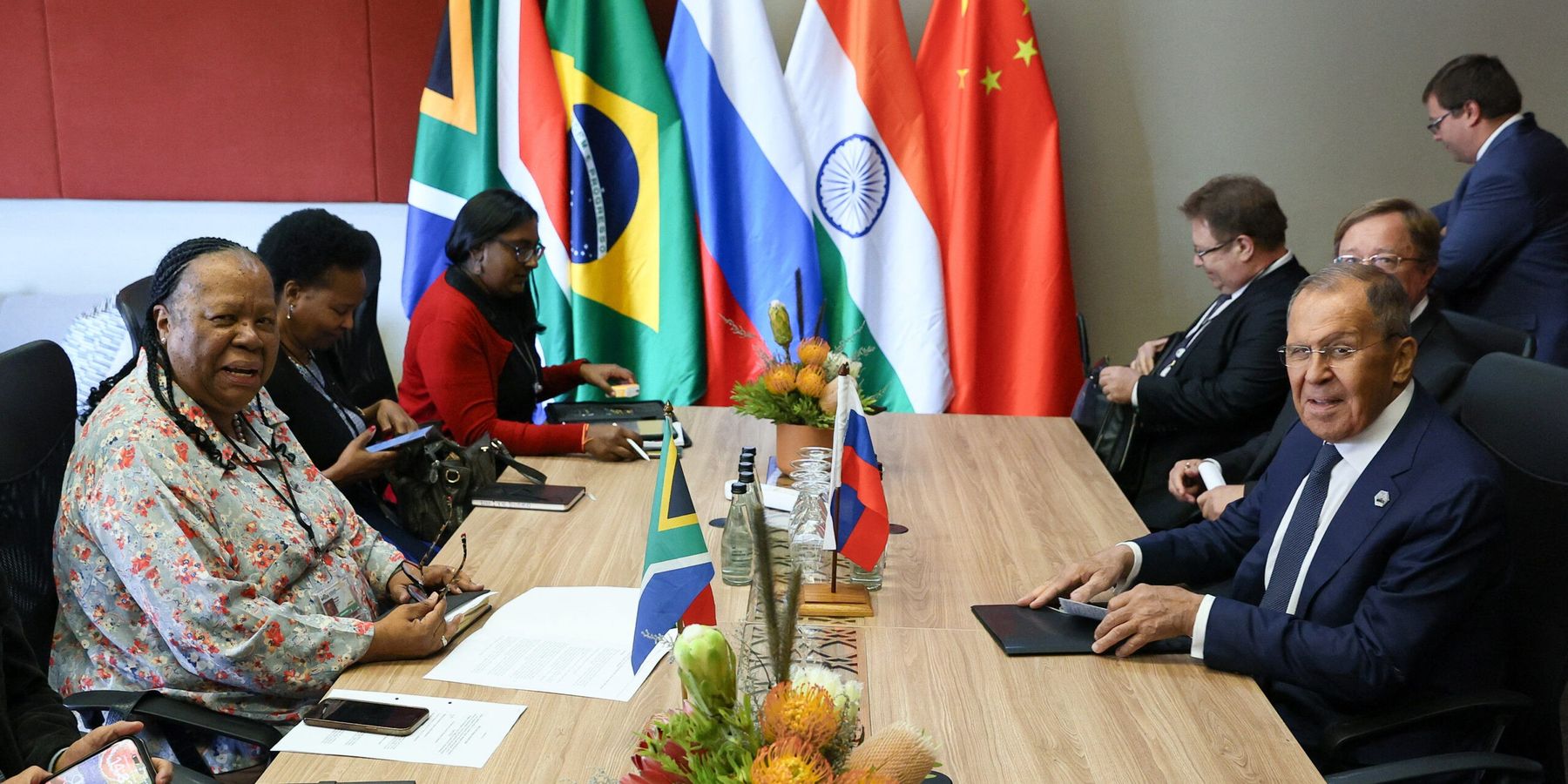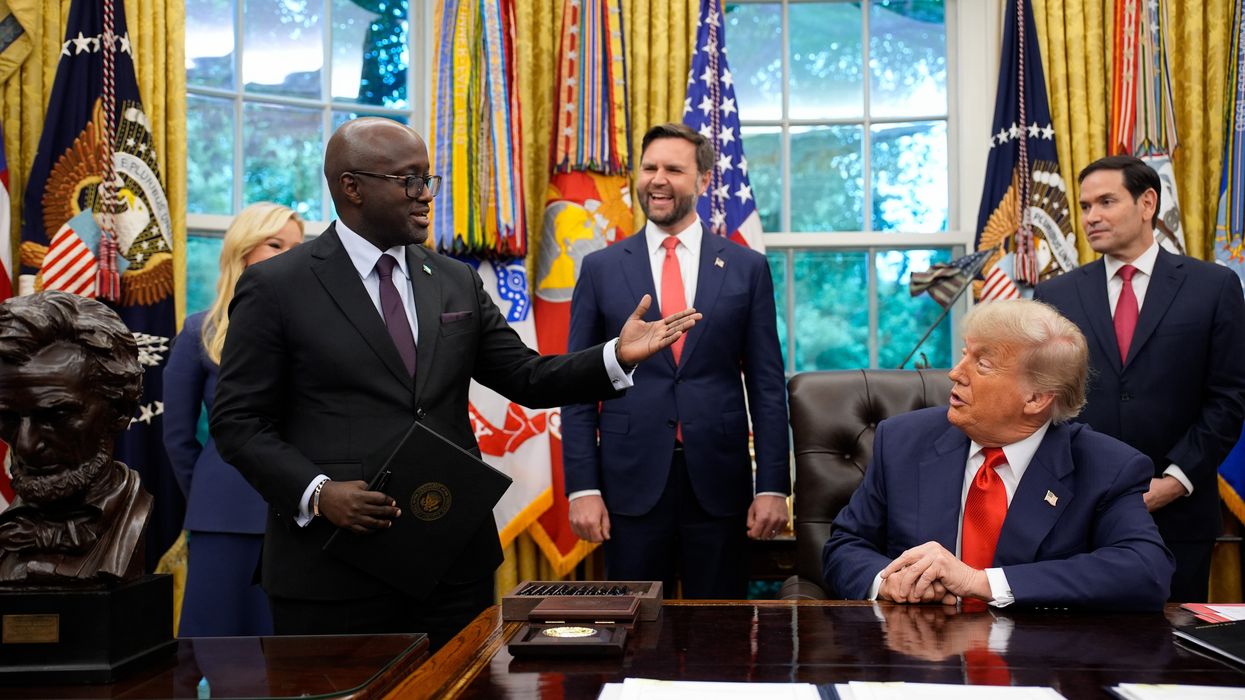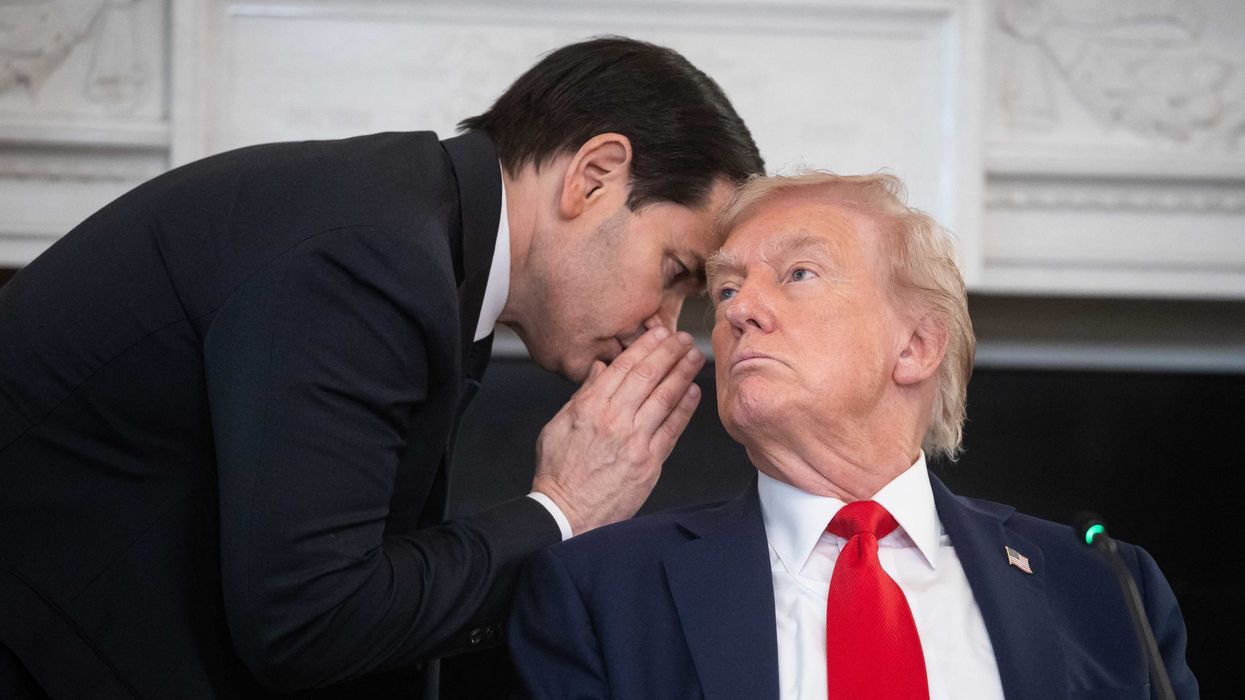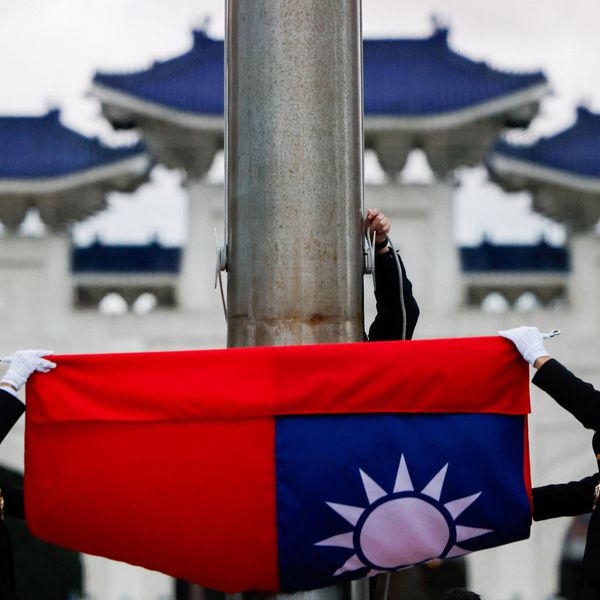Russia is touting the recently opened BRICS summit as the largest foreign policy event ever held in Russia and the key event for Russia’s presidency of BRICS in 2024.
On Tuesday, Vladimir Putin welcomed leaders from 24 countries and delegations from a total of 32 nations. The 16th BRICS summit, running from October 22-24, is the first under the BRICS+ format and includes representatives from Asia, Africa, the Middle East, and Latin America.
On the first day, the original BRICS members (Brazil, Russia, India, China, and South Africa) officially welcomed Egypt, Ethiopia, Iran, and the United Arab Emirates (UAE) into the group. With this expansion, BRICS+ now represents over 40% of the global population, potentially positioning itself as a viable counterweight to the Western-dominated global system.
While the main objectives of the gathering will focus on strengthening multilateralism, equitable global development, and security, attendees will also explore ways to deepen cooperation between BRICS nations and countries from the Global South.
Specific issues discussed among BRICS will include a new BRICS payment system, de-dollarization, a BRICS digital currency, an alternative to the International Monetary Fund (IMF) and a proposal for a new trade platform for grain.
The chosen themes and issues accentuate and exacerbate the growing rift between the West’s existing global order and the Global South. BRICS, especially Russia, clearly intend to use the forum to display their vision of a multipolar economic and geopolitical architecture that starkly contrasts with the Western, primarily United States led, “rules-based” financial, economic, and political order.
Prior to the summit, Russian State Duma Speaker Vyachaslav Volodin publicly underscored these sentiments on Telegram: “Today, BRICS unites 10 countries and 45% of the world's population. More than thirty states are showing interest in participating in it... The time of Washington and Brussels hegemony is passing."
While BRICS+ countries are meeting in Kazan, the “rules-based order” and U.S. hegemony continue to be severely undermined by Israel’s ongoing Washington-backed military actions in Gaza and Lebanon. Israel has continued to exhibit an unwavering disrespect for United Nations resolutions, has attacked peacekeepers (referred to as UNIFIL in Lebanon), and even declared U.N. Secretary General Antonio Guterres persona non grata. Notably, Guterres is expected to attend in Kazan.
Among these increasing Middle East tensions, Iran President Masoud Pezeshkian said that Tehran expects to complete the process of formalizing an agreement with Russia on strategic cooperation during the BRICS summit in Kazan. In mid-September, the Russian government reported the practical completion of the procedures necessary for signing a new interstate agreement on comprehensive strategic partnership between the Russian Federation and the Islamic Republic of Iran.
However, it appears that Russia may want to delay the official signing date due to increased tensions between Iran and Israel and Russian apprehension of being drawn in too strongly on Iran’s side. Instead, Russia has sought to use the BRICS gathering as a forum to discuss the war in Gaza and Lebanon. For example, UAE President Sheikh Mohamed bin Zayed arrived in Moscow on Sunday to much fanfare for an official visit that included high-level talks centered on bilateral cooperation and the situation in the Middle East.
Beyond geopolitics, one of the more prominent issues to be raised during the summit is Russia’s proposal for a BRICS payment system, BRICS Pay. According to Bloomberg, “Russia is proposing changes to cross-border payments conducted among BRICS countries aimed at circumventing the global financial system, as the heavily penalized country seeks to sanctions-proof its own economy.”
Russia has recently experienced delays in international transactions with its trading partners, including BRICS member countries, as banks in these countries fear punitive actions from Western regulators.
The proposal includes plans to create a network of commercial banks that would allow participating countries to process transactions in local currencies as well as establish direct links between central banks. Additionally, Russia is proposing a model based on digital ledger technology that would allow the use of tokens for settlement. The plan also included the creation of centers for mutual trade in commodities such as grain.
Not surprisingly, this idea correlates with a Russian export trade plan introduced in September during the “Made in Russia” forum. Then, Russian government representatives spoke about the growth of the share of “friendly countries” in trade, about stimulating the export of medium and high value-added products, and about the need to supply more expensive agricultural products to foreign markets.
Russian Prime Minister Mikhail Mishustin said that the share of national currencies in settlements with partners from “friendly countries” — defined as China, Turkey, India, and Egypt — currently amounts to 90%. Such exports in August were already estimated at 86% of the total export volume.
Putin said BRICS countries should focus on the use of national currencies, new financial instruments, and the creation of an analogue of SWIFT. He called for a “cautious approach in creating a new reserve currency due to differences in the structure and quality of the economies of the BRICS member states.”
Prior to the BRICS summit, however, Indian Foreign Minister Subrahmanyam Jaishankar said that India has no plan to target the U.S. dollar, an announcement that placed the country directly at odds with China and Russia.
Despite objections from some BRICS+ members, it seems as though de-dollarization is slowly moving towards an economic reality. According to the Jerusalem Post, China has already unveiled plans to use a gold-backed yuan and Russia is trading in currencies tied to gold. Together with the significant gold accumulation by BRICS countries, these actions suggest a world shifting away from dollar reliance. For example, the divergence between treasuries and gold as safe havens has signaled investors’ heightened uncertainty given skyrocketing government debt and their preference for physical assets. Over the last 10 years, central bank purchases of gold have significantly outpaced purchases of U.S. Treasuries.
The Kazan BRICS summit has demonstrated a considerably impressive level of ambition, no doubt fueled by Russia’s chairmanship and the many underlying financial and economic issues with which it is currently wrestling. Although Russian interests obviously are driving the current agenda, it is evident that the issues presented resonate strongly among a variety of countries, from global powers like China to nations throughout the Global South. They all share a common interest in navigating the emerging challenges presented by a rapidly developing multipolar architecture.
Although BRICS 2024 is unlikely to implement immediate solutions to its economic and finance proposals, it has already successfully generated enthusiasm for alternative approaches to the post-World War II order. After several decades of war and harmful sanctions, BRICS+ nations are increasingly distrustful of the United States led “rules-based order” that favors the few at the expense of many. Western nations should take notice that while BRICS will not immediately bring down the existing global architecture, it is a looming threat to the unrivaled dominance of its institutions, which no longer maintain the trust or confidence of a growing majority of the world’s inhabitants.
- BRICS and de-dollarization, how far can it go? ›
- BRICS just announced an expansion. This is a big deal. ›
- How Trump’s dump on de-dollarization affects BRICS | Responsible Statecraft ›
















